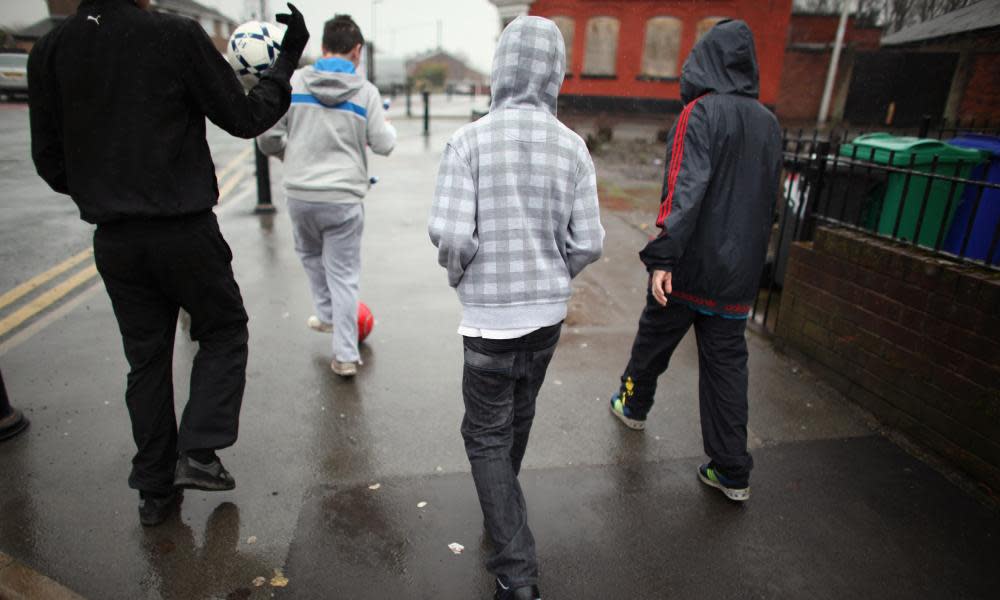If spending on poor pupils seems lavish, it’s a drop in the bucket compared with cuts

There are many tricky questions facing education policymakers but here is a conundrum: why, if funding for poorer pupils is now outstripping money spent on those who are better off, is it proving so hard to narrow the attainment gap?
The funding figures revealed last week by the Institute for Fiscal Studies mask a complicated set of indicators. The shift in spending over the past 20 years includes more children from poorer homes staying on in higher education as well as the money committed to schools by successive governments for the worst-off pupils.
Nevertheless, narrowing attainment gaps between poorer and better-off children – currently about 18 months at the end of GCSEs – continues to be slow and painstaking work. The Education Policy Institute reports it is slowing down, and at current rates it might take a century to narrow the GCSE attainment gap in English and maths.
The obvious riposte is that maybe money doesn’t matter. Don’t be surprised to see the efficacy of interventions such as the pupil premium, which at £2.4bn a year amounts to 6% of the education budget, being more closely scrutinised in the next few years.
Education researchers such as Prof Becky Allen argue that this cash, targeted at pupils who have been eligible for free school meals at any time in the last six years, distorts decision making, may ignore needy young people whose parents are in low-paid work, and is difficult to justify given the lack of evidence as to what would have happened to such pupils without the pupil premium.
That argument plays right into the politics of schools funding. Some campaigners in the worst-off areas view the pupil premium as unjustifiable double funding – more icing for some on a very thin funding cake already weighted for deprivation.
However, getting rid of money for poor children would be a hard political sell. Theresa May’s “if you are born poor, black or working class” speech on the steps of Downing Street in 2016 may seem like a distant memory, but the pupil premium still allows ministers to look vaguely progressive.
The trouble for the government is that alternatives to these piecemeal initiatives are much more difficult. Even the Education Endowment Foundation, [pdf], established to research and disseminate strategies to narrow gaps, admits there does not appear to be a direct relationship between increased school funding and pupil attainment.
What matters is how schools use the money and the quality of teaching. But in a country that can’t even guarantee there will be enough teachers in the next 10 years, that seems a tall order and a glaring indictment of current policy.
And what is the point of giving with one hand, to take away with the other? Lavish as the pupil premium pot might seem, in reality it is a drop in the bucket compared with the tsunami of cuts in wider provision (mental health, SEND, family interventions and youth services) designed to support those same young people, not to mention pressures on housing and social services.
School funding still needs fundamental reform. Money remains inequitably distributed and no one knows how much is needed to guarantee optimum performance for all pupils, not to mention the worst off. But this kind of forward-looking exercise, which might incorporate pupil premium money in the basic grant to schools, is only politically realistic at a time of plenty, when no one is left worse off.
The difference even small incremental changes in results can make to the poorest children should not be underestimated, so getting this right matters. One could argue that, set against growing child poverty, the impact of austerity, and the raging private tuition race – the Sutton Trust estimates around 25% of children now receive some form of private coaching – even a small narrowing of the gap could be judged a qualified success.
The fact that social class still has such a massive impact on where you end up is a stain on society. We have fallen into the habit of believing schools alone can resolve this, but they can’t. More imaginative thinking, across all children’s policies, is needed.

 Yahoo News
Yahoo News 
